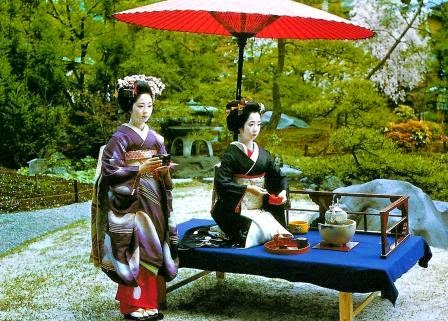Last week i've received an envelope with these 3 cards from Barcelona, sent by Jordi. It was a nice surprise and it sure bring me nice memories of my visit to this wonderful city last year.
TRIANGLE
POSTALES www.triangle.cat * Foto: © Pere Vivas
ES-287881, sent by Jordi
Somorrostro Beach, stretching 522 metres between
the Gas Jetty and the Marina Pier, was originally where the Somorrostro shanty
town was located, housing 15,000 people in poverty-stricken conditions.
TRIANGLE POSTALES www.triangle.cat * Foto:
Biel Puig
The basilica of Santa Maria del Mar in Barcelona, also known as the “cathedral of La Ribera”, is one of the most perfect examples of Gothic style architecture due to its harmonious proportions and the serenity of the ensemble.
In the Middle Ages, the long periods of time it took to build a church – often more than a century – usually involved changes in architectural style. Santa Maria del Mar in Barcelona is an exception. It was built in just 55 years, from 1329 to 1384, and is the only surviving church in the pure Catalan Gothic style. Its structure comprises three naves of the same height, underpinned by very tall columns set 13 metres apart, a distance unsurpassed by any other existing medieval building. This gives the impression of sublime width, height and airiness, as if gravity had been reversed and pulled the immense blocks of stone upwards. The many stained-glass windows of the church of Santa Maria del Mar play an important role in giving this impression.
The window of the Ascension, in the chapel of Santa Maria, and the Lavabo in the chapel of Sant Rafael, as well as the great rose window are some of the most outstanding examples of the church. The latter was destroyed during the earthquake that shook Barcelona in 1428, and remade in the mid-15th century. If you look at the floor you’ll see private tombs and those of Barcelona’s medieval guilds and brotherhoods. The basilica of Santa Maria del Mar, which was designed by Berenguer de Montagut, was the place of worship for the shipwrights and merchants of Gothic Barcelona. - in: http://www.barcelonaturisme.com/Santa-Maria-del-Mar/_3Ngb8YjSpL3U56ScBHOWcxpDev_Vr2xe7rhAgUa92B0
TRIANGLE POSTALES * Foto © Pere Vivas
Some facts about La Sagrada Familia.
* Temple: The correct title of the Church is the Temple La
Sagrada Familia. Temple refers to the fact that it was built entirely
by donations.
* Death of Antoni Gaudi: The architect died by being hit by a
tram in 1926. He was buried in the Capilla del Carmen Crypt inside the
Sagrada Familia.
* Most Visited: The Sagrada Familia in Barcelona opens
its doors to about 3 million visitors per year, making it the
most visited monument in Spain.
* God’s Work: Gaudi designed the Sagrada
Familia so that the basilica did not exceed 984 feet above sea level.
He did this because he believes that the highest point in the
city should be a natural god made structure, that being the mountain of Montjuic, which is 984 feet above
sea level.
* Towers: At the completion of the church, there should be 18 towers:
one for each of the 12 apostles, one for each of the 8
evangelists, one representing the Virgin
Mary, and the highest tower in honor of Jesus.
* The Project was not started by Gaudi: The construction of the Sagrada
Familia began in 1883 under the direction of architect Francisco de
Paula del Villar y Lozano. His vision was for a neo-Gothic church. In
1883, Gaudi took over the project and changed the direction of design
completely.
* Straight Lines: There are not straight lines or angles in the
Sagrada Familia. Gaudi was inspired by the curves and flow of
nature.
* Shape Tree: The columns supporting the inside of church are
thought to act like trees. At the base you have a simple pillar but the pillar
eventually starts to branch off multiple times in a mathematical progression.
* Facade: One of the facades of the church is called the ¨cradle
of life¨(Façade de la Natividad). It was the only one built while Gaudi
was alive.



.jpg)

.jpg)

.jpg)










.jpg)

.jpg)



.jpg)

.jpg)

.jpg)

.jpg)



.jpg)